(3760 products available)
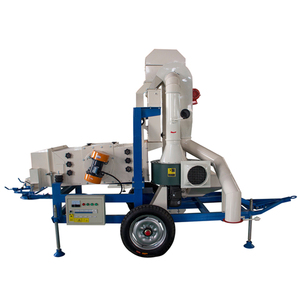
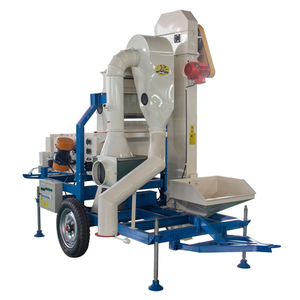
















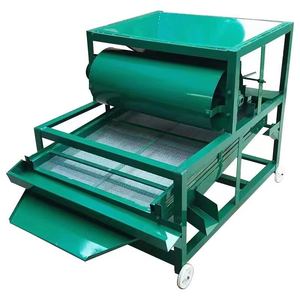

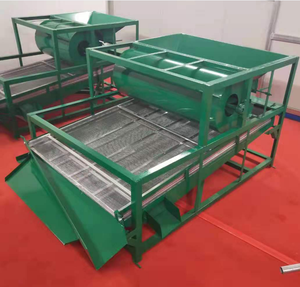


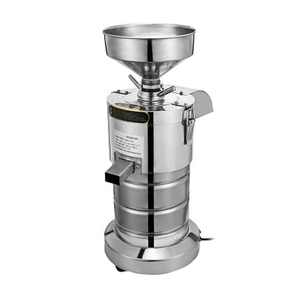









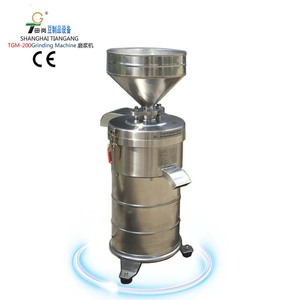

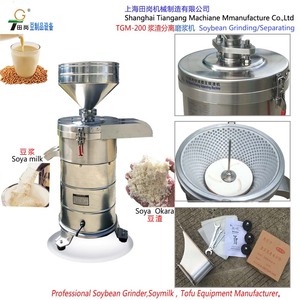
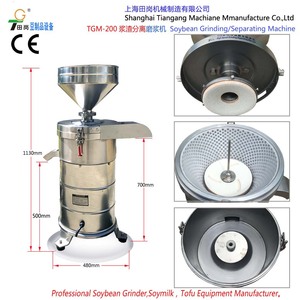


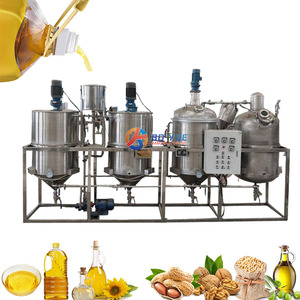
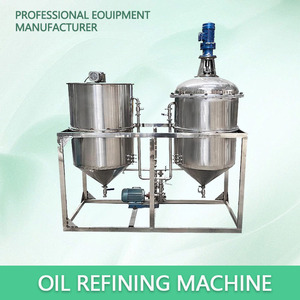


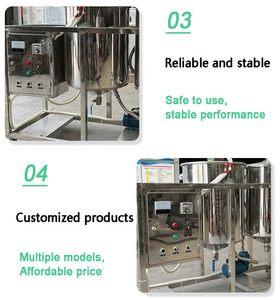
















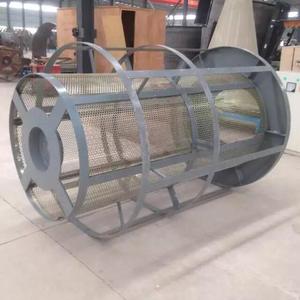
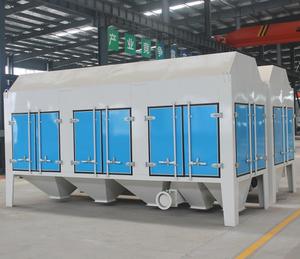

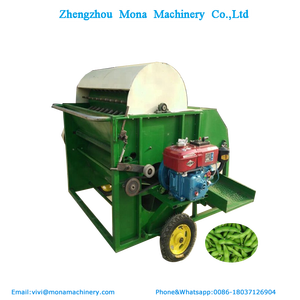


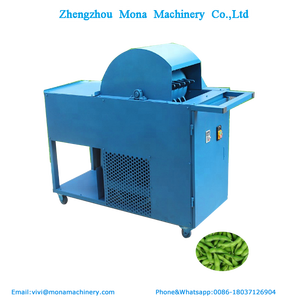




















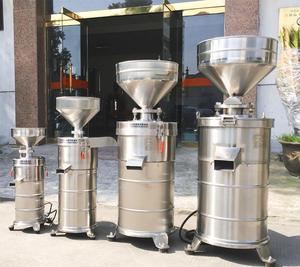








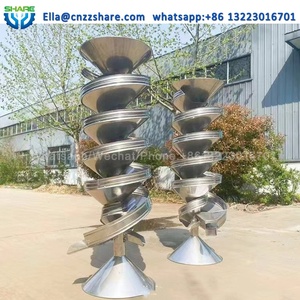



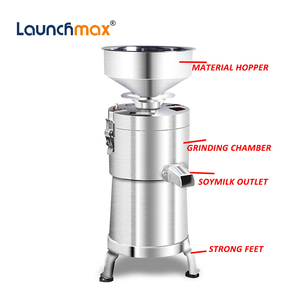

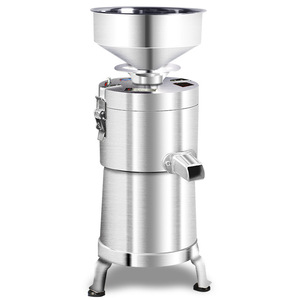
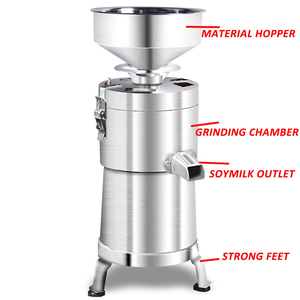













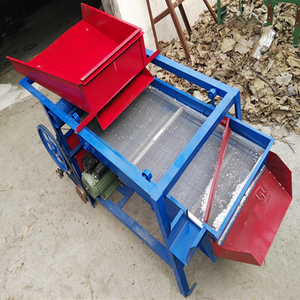










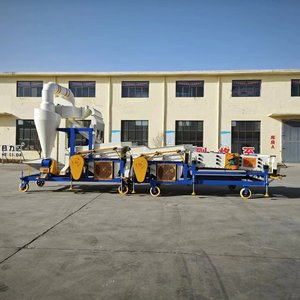















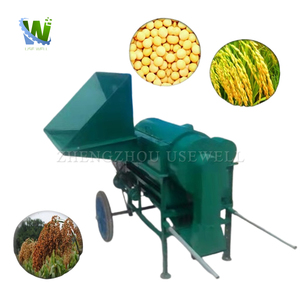

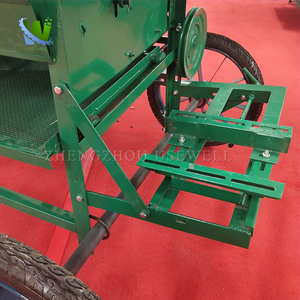
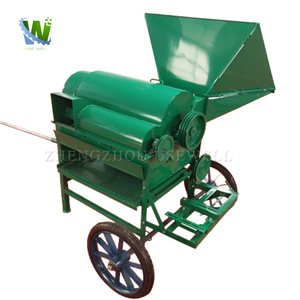
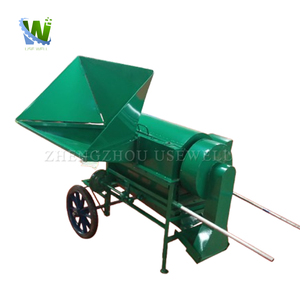






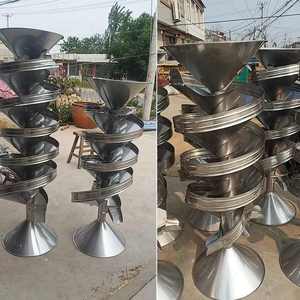








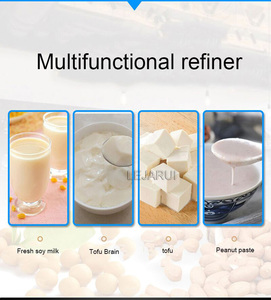
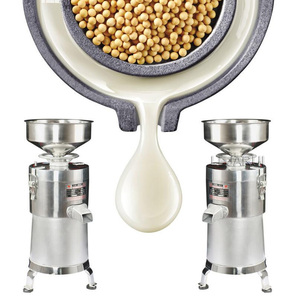
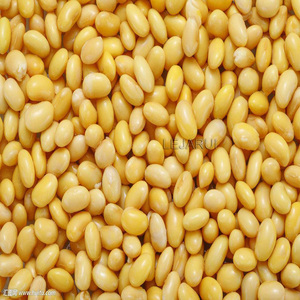





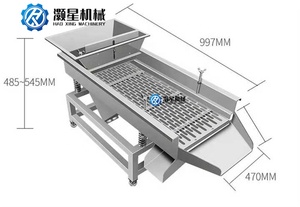
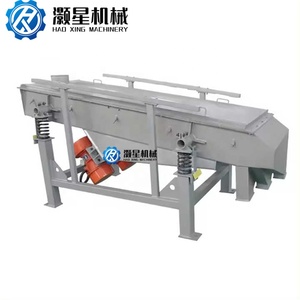



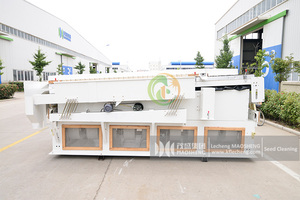



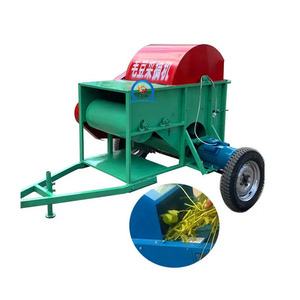



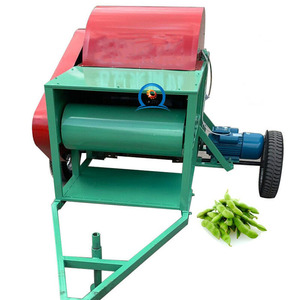

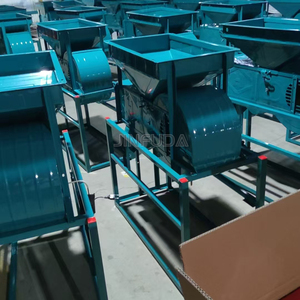


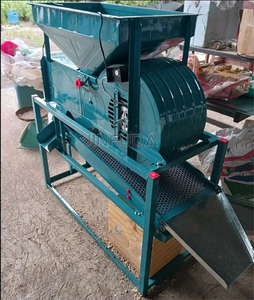




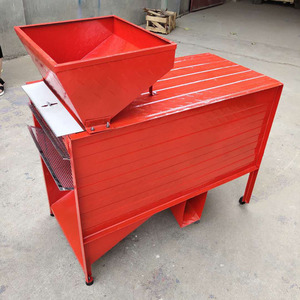


Soybean separators are found in various shapes and designs dedicated to some particular processing aspects. Selecting the right classification is pivotal since it ensures comfort and operational efficiency. The following measures are the primary types of separators commonly used, considering their functional optimizations.
The gravity soybean separator uses differences in the density and size of the seeds to separate them physically. This kind of separator is usually applied to remove lighter impurities, such as dust and chaff, or heavier ones like stones and metal shards, after the seeds have been cleaned. They carry the seeds over a vibrating deck with air blowing through it at different speeds, which helps differentiate the seeds from contaminants.
Magnetic separators are often utilized as an added measure to soybean processing because they efficiently extract metallic contaminants. Suitable for separating metal residues that may have gotten mixed in during harvesting or storage, a magnetic separator works by allowing permanent or electromagnetic magnets to attract metal particles, ensuring they do not enter the grinding or pressing equipment.
This air classifier separation utilizes airflow to separate the soybean seeds from lighter impurities like dust and husks. The method proves beneficial after de-hulling and desires to improve cleaning further. As the seeds and impurities pass through a controlled airflow channel, the different aerodynamic properties of the particles cause the lighter ones to be blown away from the heavier soybean seeds.
Seed soybean separators provide separation through combined methods, usually applying screen, gravity, and sometimes air classification. Seed separators are typically used in large agricultural settings and grain processing plants. They remove all kinds of contaminants, including fines, overs, and ons, in one go before processing the seeds further.
This separator type utilizes water and buoyancy instead of gravity to separate the soybean seeds from impurities. Soybean seeds, being denser than many organic matter types, sink to the tank bottom, while lighter materials like seed hulls, chaff, or immature seeds float on top and can be skimmed off. This classification is perfect for larger quantities and situations where finer separation is needed.
Soybean separators help clear raw soybean seeds of contaminants so that manufacturers can process them into oil, meal, and other byproducts. There are references for industries and sectors that have noted the value of using these separators in their processes:
Soybean farmers use separators to clean the harvested seeds before storage or further processing. This reduces downtime and helps eliminate the need for additional cleaning processes by eliminating impurities right in the field. By removing contaminants, farmers protect their equipment and ensure that the stored seeds remain of higher quality.
In the food industry, oil extraction, soybean meal production, and various other products made from processed soybeans depend on the proper cleaning of the raw materials. They help food manufacturers maintain high-quality raw materials, essential for producing soybean oil, tofu, soy milk, and other soy-based products. Separation of impurities is critical to food safety, ensuring the final product is free from contaminants.
Separators are especially useful for cleaning soybeans that will be processed into soybean meal for animal feed. Animal feed manufacturers need soybean meals free from contaminants like hulls, dust, or stones for optimal nutrition and feed safety. This industry normally processes huge volumes of seeds, which necessitates the kind of separators that can provide efficiency.
Separators are highly valuable in the oil extraction industry for cleaning seeds prior to the mechanical or solvent extraction processes. Oil extraction efficiency and quality depend on the soybean seed's purity. Separators eliminate impurities that could negatively affect the oil's quality or the extraction efficiency. This saves costs because it maximizes the quantity of oil extracted from cleaned seeds.
Separators are used in manufacturing plants and industrial equipment used for processing soybean seeds. Separators are also applied in other industries where materials with similar properties to soybeans are processed. By cleaning the seeds, soybean separators help prevent wear and tear on machinery, reduce maintenance costs, and increase operational efficiency in various industries.
Soybean separators have technical specifications and features that impact their role in cleaning and processing. Some features are listed below, and understanding these details is critical when selecting a separator for any processing requirement:
Capacity
One of the most critical capacities is the separator's throughput capacity, usually evaluated in tons per hour (TPH) or metric tons per hour (MTPH). The separator must be sufficient to handle the volume of seeds without substantively slowing down the process. Typical capacities for industrial-grade gravity separators range from 2 to 100 MTPH.
Power Requirements
Magnetic and gravity separators mainly use motors to achieve mechanical movement. The power requirement for the air and gravity separator depends on its size and capacity. Separators for industrial use can require power ranging from 5 to 50 kilowatts, depending on the size and type of the separator.
Screen Mesh Sizes and Configurations
The screen mesh sizes in seed separators vary as they must conform to the required separation purpose. The screen mesh sizes capture seeds while letting smaller impurities pass through or vice versa during separation. Screens with different hole sizes and shapes are typically interchangeable to allow for flexible separation in various scenarios.
Separator Dimensions
Separators' physical sizes and installation space and integration into existing production lines differ. Gravity separators are usually taller and larger in width and length than air classifiers since they use a wides surface for separation. Small-scale separators can be portable, while industrial ones are permanent structures with large throughputs.
Site Preparation
The key thing about the site preparation is that the site it set up should be well-structured and devoid of any items that could interfere, such as dust or debris. To allow for easy access, the separator should also have adequate room for movement and maintenance. In addition, appropriate drainage for any spills has to be ensured.
Mounting
So, the separation devices should be firmly mounted on a stable foundation so that its movements do not produce any vibrations that could affect its performance. The magnetic separator should be mounted on a concrete pedestal, or the frame should be anchored to prevent wobbling.
Connecting Power and Controls
The next step is to connect the power requirements to the separator. This involves wiring the motor to the electrical supply and setting up the control systems. The settings have to be adjusted to give the optimum balance of speed, shaking intensity, and airflow, depending on the mechanism type.
Integration with Existing Systems
After installation, the new separator has to be integrated into the current seed processing pipeline. This involves connecting the inlet and outlet conveyors to ensure a smooth transition of materials to and from the separator. The separator should be positioned between stages of processing, like between cleaning and hulling, so the seeds pass through it at the right time.
Preparing the Separator
It is very important to ensure that the separator is prepared and any routine maintenance possibly involving cleaning done before it is used. The screen or mesh elements should be inspected and replaced if required. In addition, all moving components, like belts or pulleys, should be lubricated to ensure no hindrance to the ensuing process.
Feeding Soybeans into the Separator
Using hoppers or conveyors, cleaned soybeans are fed into the separator. It is vital that the soybeans to be put in are of good quality and have been free of any major impurities. An even and consistent feed is required to ensure that separation is efficient to prevent overloading one section or underutilizing another.
Monitoring the Separation Process
During separation, it is very important to observe the process in real time. The speed of the separator and airflow might need to be adjusted depending on how the seeds are separating and whether they are appearing as they should. Quality of separation can be perceived by looking at the separated products and noticing how much soybean appears and how much impurity is there.
Collecting Separated Products
Separated products are collected from the separator after the separation is completed. Soybean seeds go through a hopper or conveyor discharge, while impurities do the same through another outlet. Further storage or processing of the collected soybean seeds is done to them before moving on to the next phase.
Separators should be high quality and come with a lot of safety features since they influence the outcome of oil extraction processes and concern the people operating them. Note the following considerations:
Durability of Materials
The other consideration involved is durability. Separators have to be made from first-quality materials that will stand up even during the constant grinding for a long time. These include steel frames and wear-resistant screens, which are important in separators to avoid early breakdowns and therefore pay returns on investment.
Separation Efficiency
Separation efficiency further impacts the quality of the final product. High-quality gravity separators will ensure that most of the soybean seeds are extracted from the mix and are not contaminated with hulls or dust. Separators that are poorly constructed allow impurities to seep into the product, which will lower the quality and force additional expenses for reprocessing.
Low Maintenance Needs
Another aspect of quality is that high-quality separators have low maintenance needs and, thus, less frequent breakdowns. Easy access to parts that may need to be changed or repaired improves the separator's overall downtime in its life; as for electrical motors and screens, removability and serviceability are a must.
Emergency Stops and Alarms
Separators should be incorporated with emergency stop buttons, which can be used any time to halt the operation very shortly. Alarms that warn the operator of malfunction or danger are important for safety, especially when dealing with high-capacity or moving equipment.
Guarding and Shielding
Informational guards/shields around the separating parts, rotating sections, and electrical components are to be fixed to keep operatives away from hazardous zones. These guards have to be fitted properly to restrict access to areas where accidents could probably occur during operation, even with a trained staff.
Proper Ventilation
Poor seasoning can result in the accumulation of harmful dust or gas within the working area of the separator. It is good practice to ensure proper ventilation so dust does not settle in the air, which can be explosive or cause respiratory hazards. Use separator separators in rooms with open air or have dust extraction systems fitted to them.
Regular Safety Training
This is actually an assessment of the operational environment's perception from people who work with that environment. Routine safety training helps onsite staff identify risks and remediate them, integrated with the use of separators. Operating and maintenance procedures have to be delivered in training to avoid accidents involving equipment.
A1: The basic work of a separator is to remove all contaminants from harvested soybeans to get quality seeds for oil extraction and other uses. Separators use screens, air, and gravity to sort the seeds from impurities, such as dust and debris, which is critical to the quality of the final product.
A2: Soybean separators can also be used to separate seeds from other seeds that are processed in the food industry, like sunflower or flax seed separators. Magnetic separators are common in metalworking and recycling businesses to clean metal pieces and remove magnetic contaminants.
A3: Ensure that the separator conditions are ideal by controlling the moisture content and a proper feed of proportion soybeans to peanuts. Make the surface of the separator wet, adjust the air flow over it to optimum levels, and ensure that the separating decks have the right screen mesh sizes.
A4: Frequently, screens or meshes should be inspected for wear and tear, lubricated moving parts, and magnetic plates to remove any metal particles. Perform electrical checks on the separators and ensure that dust does not accumulate on electrical components to prevent them from failing.
A5: Use separators equipped with guards, have proper ventilation where the separators are placed, and familiarize yourself with the use of separators. Ensure that emergency stops work, do electrical checks frequently, and ensure that all electrical components do not have dust before using the protector.